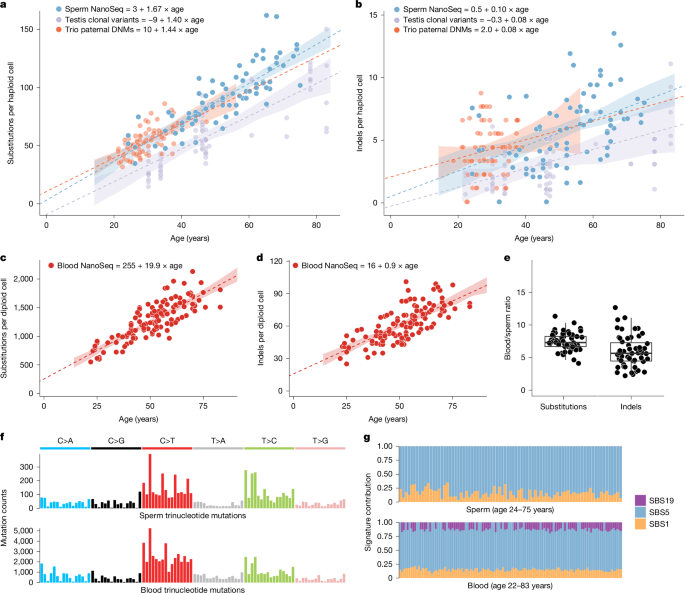A recent study published in the International Journal of Paleopathology uncovers a fascinating aspect of ancient Patagonia’s hunter-gatherer societies: their ability to care for the injured and disabled. Researchers, led by Dr. Victoria Romano, examined 189 individuals from the Late Holocene period (~4000 to 250 BP) to explore how trauma affected social structures and caregiving practices in these non-sedentary groups.
Understanding Trauma and Care in Late Holocene Patagonia
Dr. Romano and her team analyzed 3,179 skeletal elements from 25 archaeological sites across Patagonia, focusing on bone trauma to assess how these early hunter-gatherers managed injuries. The study found that approximately 20% of individuals had experienced bone trauma, ranging from mild to severe. Notably, the prevalence of injuries was similar across both males and females, with adults experiencing more trauma than children.
The majority of these injuries were accidental, but some could have been the result of interpersonal violence. Dr. Romano points out,
“Two injuries were potentially linked to violence, as they involved arrowheads embedded in the bone; however, it is also possible that these individuals were accidentally struck.”
This observation opens the door to further research on the role of interpersonal conflict in injury patterns among early human societies.


Categories of Injury Care: Mild, Moderate, and Intensive
The study categorized the injuries into three levels of care: Mild, Moderate, and Intensive. The Mild Care group represented injuries that required limited attention, such as cranial and nasal fractures, which could heal within a few weeks. These injuries didn’t significantly disrupt daily activities, allowing the individuals to continue participating in their groups’ hunter-gatherer lifestyle.
Moderate Care injuries, including fractures to arms or upper limbs, affected about 18% of cases. These injuries required more prolonged healing, often up to five months, and would have had a more noticeable impact on daily life. For example, activities like tool production, butchering, and climbing would have been hindered. Intensive Care injuries, which made up approximately 13% of the cases, involved long-term or lifelong care, such as severe hip joint damage.
A Case of Severe Injury and Remarkable Survival
One of the most striking cases in the study involved a hunter-gatherer who had suffered a severe hip injury. The damage to the hip joint led to a misalignment between the thigh bone and the hip socket, possibly due to a fall or heavy object striking the area. While the injury could have been caused by an illness like Legg-Calvé-Perthes disease, the bone’s complete healing suggests the individual received extensive care over several years. This finding points to the existence of a caregiving network that went beyond mere survival, highlighting a strong social support system within these communities.
Dr. Romano’s research is groundbreaking because it is the first population-level study to analyze caregiving in non-sedentary hunter-gatherer societies in Patagonia. Her conclusions suggest that the need for mobility in these societies did not inhibit their ability to care for injured members, an insight that could reshape our understanding of social structures in pre-agricultural societies.
Insights into Interpersonal Care in Earlier Periods
The study doesn’t just shed light on the Late Holocene period but also raises questions about earlier caregiving practices in Patagonia. Dr. Romano states,
“Yes, there is some evidence suggesting that interpersonal care was practiced in earlier periods of Patagonia. For example, a case of a calcaneus injury from the Middle Holocene has been documented, which suggests that care was provided. However, there are no population-level studies in Argentina addressing care practices in earlier periods.”
This opens the door to further exploration of how caregiving evolved in hunter-gatherer populations over time and whether similar practices were observed in other regions during earlier periods.
The Evolution of Caregiving in Hunter-Gatherer Societies
While this study offers groundbreaking insights into the caregiving practices of Patagonian hunter-gatherers, it also raises broader questions about the evolution of care in human societies. Early humans were mobile, and their survival often depended on cooperation and mutual aid. This study shows that even in the harshest environments, where mobility was essential, social groups found ways to support and care for their most vulnerable members. Understanding how these practices evolved can provide valuable lessons about the origins of human compassion and the social dynamics that shaped early communities.
Source link


